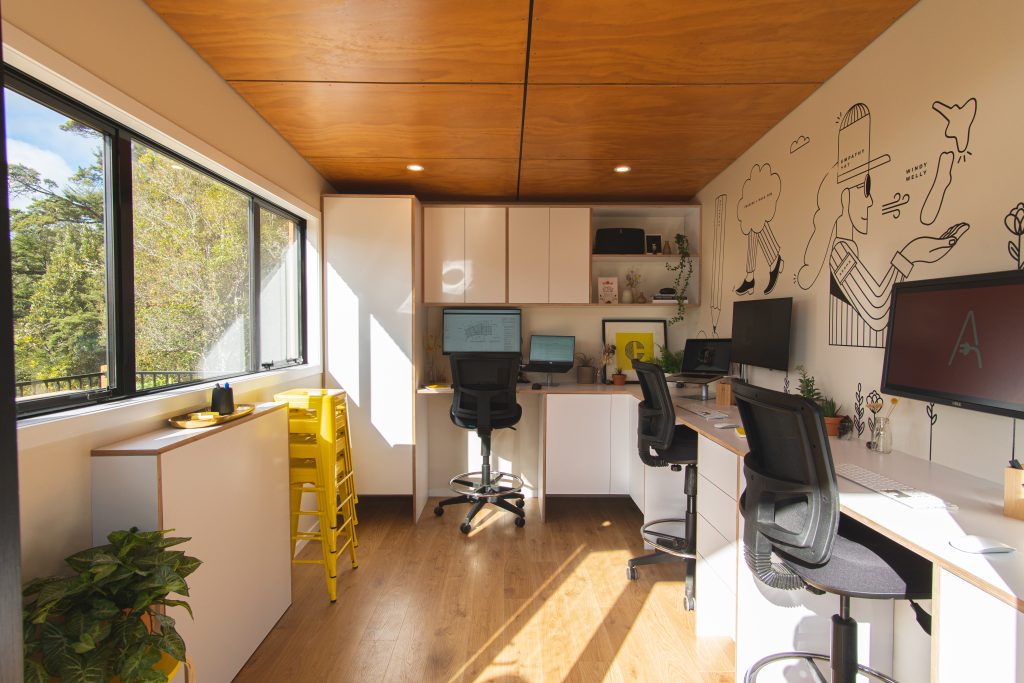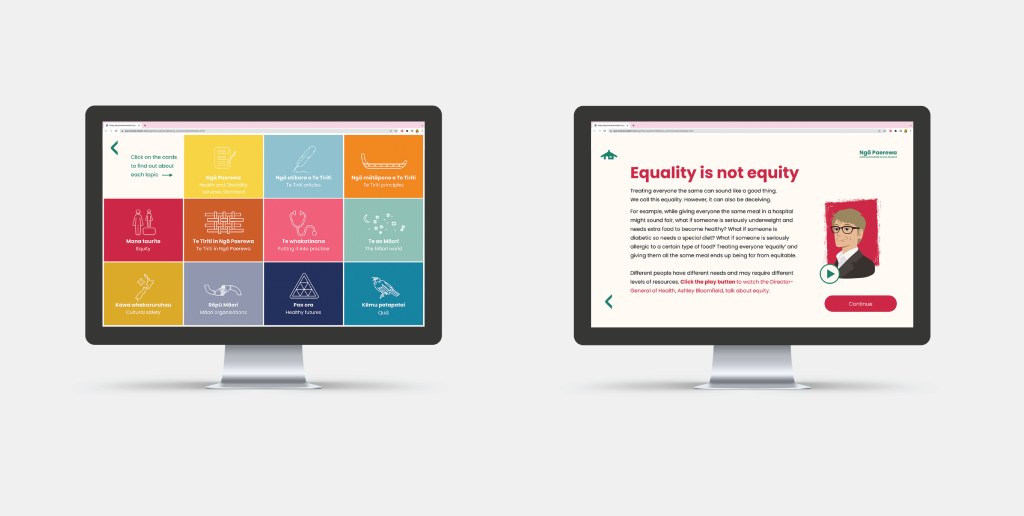How creativity and design are transforming online learning
This article was written by Celeste Skachill, StudioC Co-founder and passionate co-designer.
Sitting in our little studio in the bush, a world away from the hustle and bustle of the city, I often reflect on how much easier remote work has become since the global pandemic. We’re all accustomed now to spending huge amounts of time interacting, working and studying in an online environment.
But that’s also led us to become much more demanding and discerning in the way we use online tools. As a result, designers are playing an increasingly important role in ensuring online environments are sufficiently sophisticated for today’s consumers.
An area we’ve been focusing on specifically is online learning, to creatively explore how we can use design to create better learning experiences. I’d like to highlight three key ways that I believe design is transforming online learning.

1. Learner-centred design
The first way that design is changing e-learning is by shifting the focus away from what a teacher wants students to learn and towards what the learners themselves want and need to know.
Co-design is the heart of our practice and we start every new project by talking to users, so this was a natural inclination for us. But when we began designing online learning, none of our clients had thought about this as an option.
The traditional approach to developing an online course is for a teacher or subject matter expert to decide what the student should learn and then to develop content that supports these goals. This can work well for academic courses, where graduates are expected to finish with certain skills or knowledge. But online learning is now fulfilling all sorts of other needs.
It can be used to help employees learn new skills or processes and to share knowledge across organisations or agencies. Other modules are designed to raise public awareness of an issue.
In all of these cases, we used co-design tools to help us deeply understand learners’ needs before we dove into the actual design of the experiences. The result is more learners spend longer using the experiences, and take away more from them, because the learning is both targeted and enjoyable.
For example, StudioC recently collaborated with the Ministry of Health Manatū Hauora to co-create content for their Ngā Paerewa Health and Disabilities Services Standard eLearning module. We developed the module alongside Te Apārangi: Māori Partnership Alliance to make the new Ngā Paerewa Health and Disability Services Standard requirements accessible to the wide range of people served by the healthcare sector. The module includes aspects of mātauranga Māori, and it provides real-world examples of how healthcare providers can enact the principles of te Tiriti o Waitangi in their work on a daily basis.


2. Learning anytime and anywhere
The second way design is transforming e-learning is by giving people flexibility in where and when they learn. Increasingly people aren’t using online learning to gain a full degree or certificate. Instead, many learners want small, bite-sized chunks of learning (also called “micro-learning”) that they can do in their own time from anywhere.
We are currently collaborating with Creative HQ to develop a series of micro-assets for new founders and entrepreneurs. The micro-assets are 10-15 minutes long and designed to be readily accessible on any device. Each asset will focus on a specific topic that founders have told us they need to learn about in order to start their business.
Design is especially critical in micro-assets because of the length of time learners have to engage. Clever design will grab their attention immediately and innovative tools help learners dig into and interact with the material quickly.

3. Innovating learning and interactivity
The final way I think design is transforming e-learning is by using tools like video, audio, animation and interactive activities to keep learners interested and engaged. Since the pandemic, there has been a massive shift in learners’ expectations for digital environments. It’s no longer enough to have just text-based content, or to think a quiz at the end will suffice for interactivity.
Learners want an environment that is aesthetically appealing and that provides a seamless experience that is simple to navigate. Gamification, virtual reality and community hubs are all tools that learners increasingly expect in digital classrooms – and ways that designers can really make a difference to the success of an e-learning project.

The future of e-learning
Until recently, it was relatively uncommon for designers to be engaged in online learning projects (with the notable exception of instructional designers of course), but given these trends and learners’ new expectations for sophisticated digital environments, I think this is changing. If you are developing e-learning, a designer can make the difference between your project falling flat and attracting a large and engaged audience who are keen to keep learning.
We are always on the hunt for other passionate e-learning creatives, so give me a call if you are working in this space and want to collaborate. And if you have an e-learning project that needs some creative oomph, we’d love to hear from you too.





